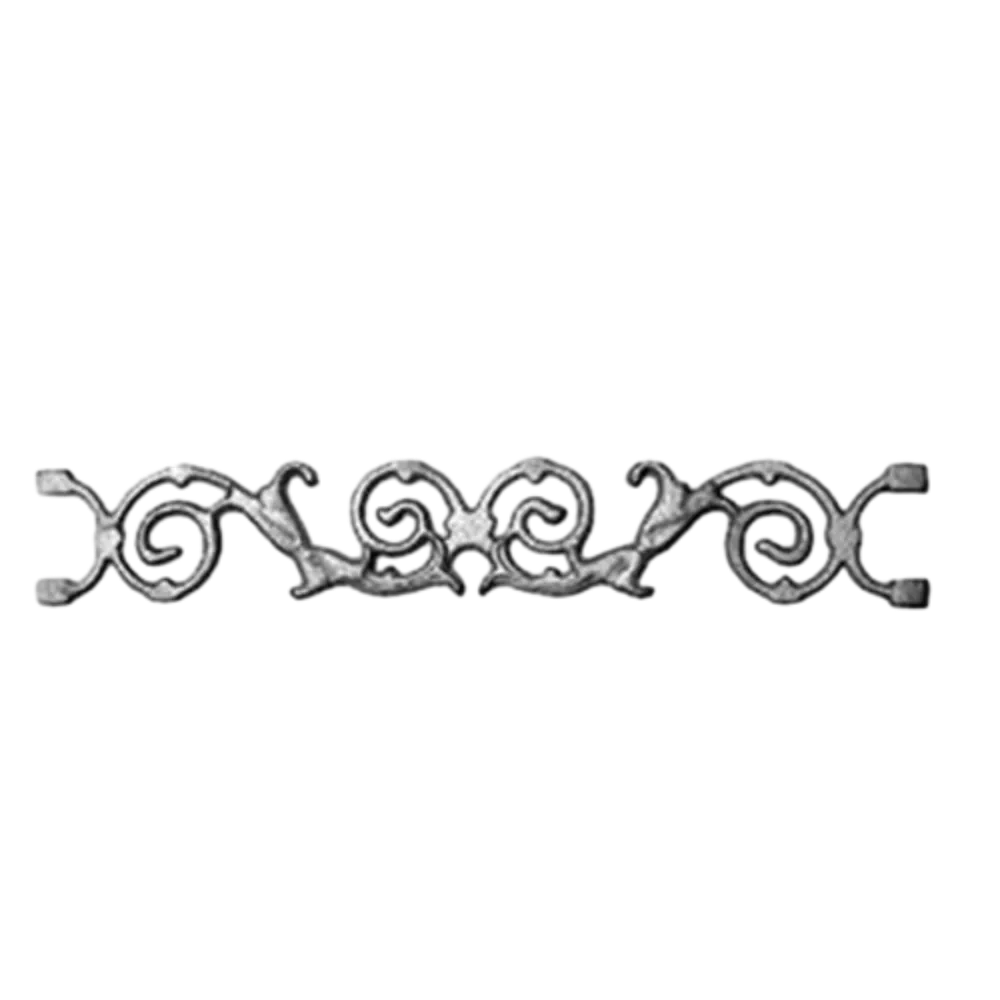decorative iron components
The Beauty and Versatility of Decorative Iron Components
Decorative iron components have been a staple in architecture and design for centuries. Their enduring presence highlights not only their functional applications but also their aesthetic appeal. From ornate railings and gates to intricate furniture accents, decorative iron components serve as a bridge between functionality and artistry.
A Historical Perspective
The use of iron in decorative applications has deep historical roots. Dating back to ancient Rome and Greece, artisans began incorporating iron into architectural elements. The Renaissance brought about a renewed interest in ornamental ironwork, showcasing elaborate designs that reflected the era's artistic inclinations. Blacksmiths and metalworkers became highly valued for their skills, creating everything from decorative brackets and hinges to stunning wrought iron gates and balconies. This craft has continued to evolve, blending traditional techniques with modern innovations.
Craftsmanship and Techniques
The beauty of decorative iron components lies in the intricate craftsmanship involved in their creation. Techniques such as forging, welding, and casting allow artisans to manipulate iron into stunning shapes and forms. Wrought iron, known for its malleability, can be shaped into delicate scrolls, patterns, and motifs. On the other hand, cast iron allows for more complex designs, often featuring detailed textures and patterns that remain intact even after extensive use.
Manufacturers today combine handcrafting traditions with advancements in technology. CNC machines enable precision cutting and shaping, while computerized design programs help artists visualize and implement their ideas. However, the human touch remains irreplaceable, especially for custom pieces that need a personal touch. This blend of artistry and technology ensures that decorative iron components can meet both modern and traditional aesthetic desires.
Applications in Modern Design
In contemporary architecture, decorative iron components are more relevant than ever. They serve both functional and decorative purposes, enhancing the beauty of structures while providing security and durability. For instance, wrought iron railings lend a sophisticated touch to staircases and balconies, often becoming the focal point of a space. Gates adorned with intricate designs serve as both a functional entryway and a statement piece for gardens and estates.
decorative iron components

Decorative iron components are also finding their way into interior design. From furniture legs and light fixtures to wall art and room dividers, these elements add a touch of elegance and personality to various spaces. Unlike other materials, iron possesses a unique ability to blend well with a variety of design styles, whether classic, industrial, or modern minimalistic.
Outdoor Spaces and Landscape Design
Iron components are particularly popular in outdoor spaces. Garden trellises, fencing, and archways made from decorative iron not only provide structure but also elevate the aesthetic value of landscaping. They can weather the elements while maintaining their charm, making them a long-lasting addition to any garden. Moreover, incorporating decorative iron in landscaping, like decorative garden stakes or plant supports, adds a layer of elegance that enhances the natural beauty of plants and flowers.
The versatility of decorative iron extends to public spaces as well. Parksand urban environments increasingly incorporate these components into benches, light fixtures, and railings, creating inviting areas for the community. The antique or timeless look of iron complements green spaces, providing a contrast that enhances the overall atmosphere.
Sustainability and Longevity
Iron is a remarkably durable material, making it an environmentally responsible choice for decorative components. With proper care and maintenance, iron pieces can last for generations, reducing the need for frequent replacements. Additionally, many manufacturers are adopting sustainable practices by sourcing recycled iron, further lessening the environmental impact.
Conclusion
Decorative iron components are undoubtedly more than just functional elements; they embody craftsmanship, history, and artistry. Their versatility and enduring appeal allow them to occupy a unique space in both traditional and contemporary design. As we continue to innovate and adapt, the charm and beauty of decorative iron will undoubtedly remain a timeless choice for enhancing our living and working environments. Whether you're looking to add character to a space or seeking durable and elegant solutions, decorative iron components offer a perfect blend of form and function, proving that beauty often lies in the details.
-
Window Lock Handle for Security UpgradesNewsJun.20,2025
-
Proper Lubrication Techniques for Sliding Gate WheelsNewsJun.20,2025
-
Ornamental Iron Castings for Interior DesignNewsJun.20,2025
-
Creative Ways to Decorate Around a Cast Iron FireplaceNewsJun.20,2025
-
Cast Iron Pipe and Fitting for Plumbing SystemsNewsJun.20,2025
-
Cast Iron Panel Casting for Architectural ElementsNewsJun.20,2025















